News
2nd January 2023
Top 10 Best American Playwrights

News
6th October 2021

The name Konstantin Stanislavski might sound familiar as he is known as the father of modern acting.
Stanislavski wanted actors to ‘live’ rather than ‘perform’ a role, and as a result, he has hugely influenced acting as we know it today.
Stanislavski wrote detailed notes as he developed his acting method which later became a series of books, ‘An Actor Prepares’, ‘Building a Character’ and ‘Creating a Role’. These texts have become integral training for actors all around the world.
Now, let’s take a deeper look at the man behind the method.
Konstantin Stanislavski was a Russian actor, producer, director, and founder of the Moscow Art Theatre.
Stanislavski began acting from the age of 14 in his family-founded dramatic company, the Alekseyev Circle. Even as a child, he was completely captivated by human behaviour and created theatrical experiments to explore the nature of acting in more depth.
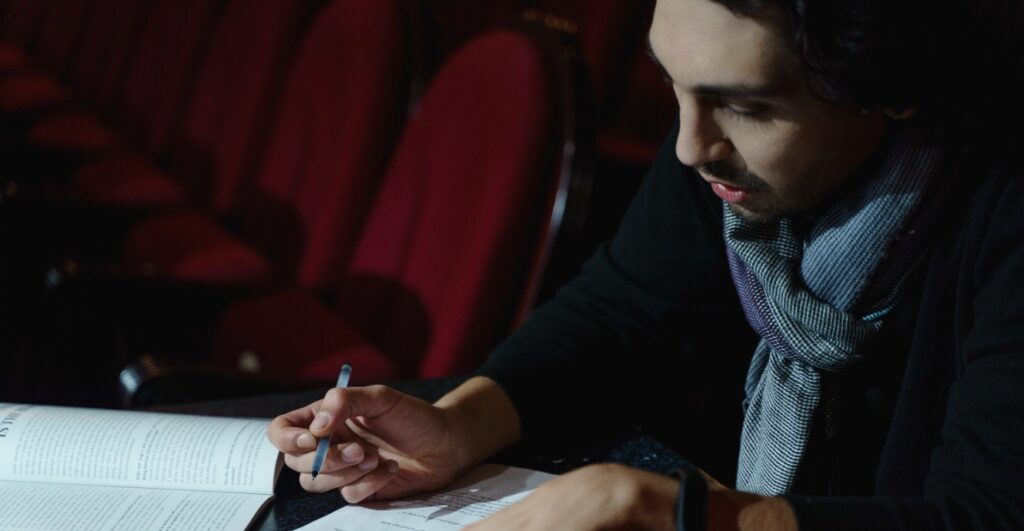
Stanislavski was born in 1863 in Russia to wealthy parents who named him Konstantin Sergeyevich Alekseyev. The name Stanislavski was a stage name that he gave himself in 1885, when he was 23 years old and acting on the Russian stage.
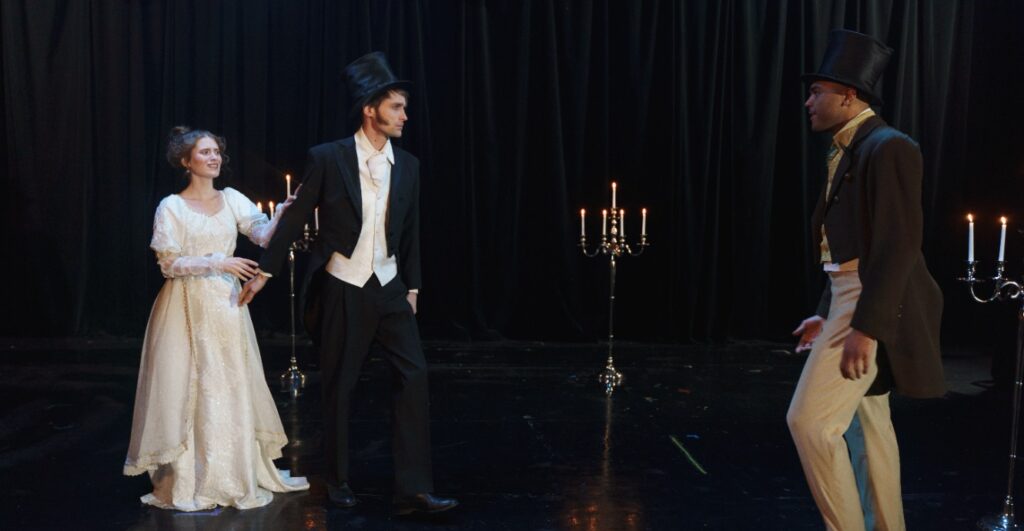
Stanislavski’s acting method or ‘Stanislavski’s System’ as it’s also known, is a set of techniques used by actors to create realistic reactions on stage by putting themselves in the shoes of their character. It’s something you’ll be able to spot in any of Stanislavski’s work or plays. Although, be careful not to confuse method acting with the system. Method acting is how Stanislavski’s work was interpreted by others after he formed his legendary technique.
Stanislavski developed many techniques for actors over his lengthy career, although these are his core principles:
The Magic ‘If’: This is probably Stanislavski’s most renowned concept. He didn’t believe it was beneficial (or even possible) for an actor to believe that staged events were reality. Instead, he taught actors to put themselves in the character’s place and consider what they would do if they were in the character’s situation.
Given Circumstances: Given circumstances include everything from the character’s background to what’s going on in the story. Given circumstances are essential because they determine what actions are possible and realistic for a character to perform.
Super-Objective: The super-objective is the character’s main motivation in the play which forms the backbone of their character. It’s the thing they want more than anything in the world and something that all the actor’s objectives and actions should centre around.
Objective: The objective is what the character wants. As Stanislavski said, ‘Every objective must carry in itself the germ of an action.’
Physical Action: Stanislavski taught his actors the importance of building their character’s behaviour through their physical actions.
Communion: For dialogue in the play to be believable it must be directed to the other actors, not the audience. When actors communicate with each other through their actions on stage, the performance becomes much more realistic.
Emotional Memory: Stanislavski suggested that actors should develop their ability to observe emotional reactions off stage too. He thought that this will provide the actors with strong feelings to recall when their character experiences a similar emotion on stage.
Subtext: Subtext is simply the meaning behind the script. To determine subtext, actors must have a playful imagination to find out why their character says or acts in a certain way. Subtext powers the performance as Stanislavski said ‘Spectators come to the theatre to hear the subtext, they can read the text at home.’
Stanslavski’s techniques are the opposite of theatre practitioner Bertolt Brecht – read more on him here!
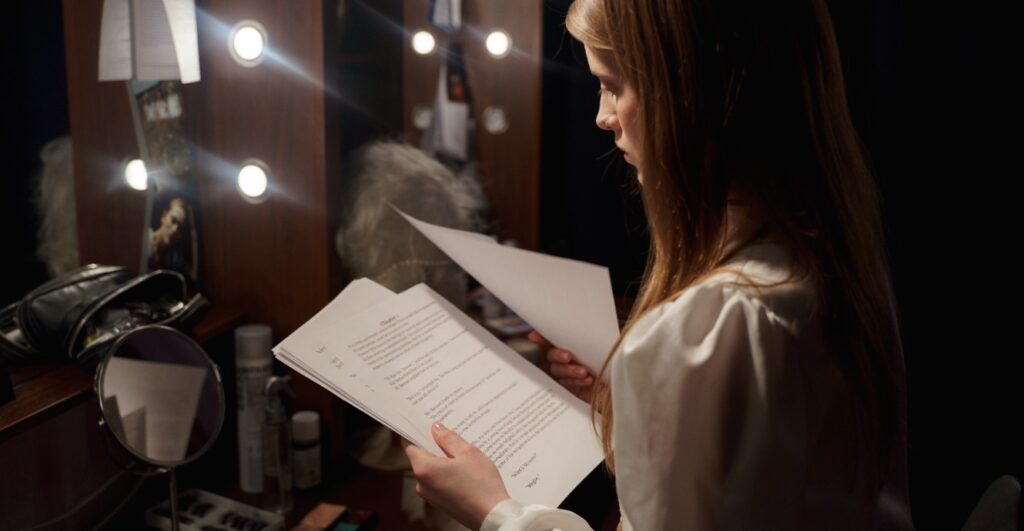
Stanislavski knew that the theatre required technical skills, but he hated unauthentic acting and forced movement. His main motive for creating his technique was so that actors could play their character realistically, in fact, his most common critique to his students was, ‘I don’t believe you’.
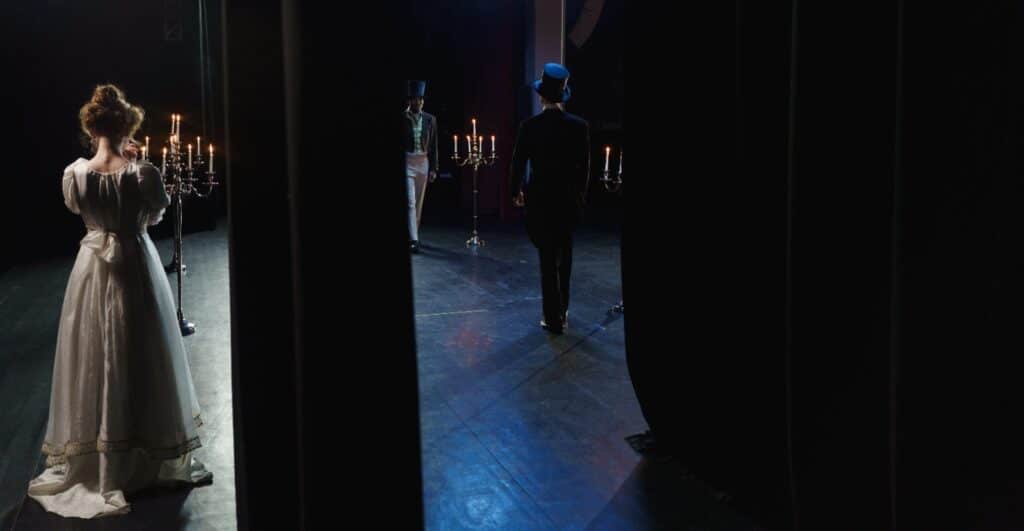
In 1884, Stanislavski began vocal training with Fyodor Komissarzhevsky, exploring the coordination of the body and voice. A year later, he started studying at the Moscow Theatre School but was disappointed with its approach so left after just two weeks.
Instead, he devoted particular attention to the performances of the Maly Theatre, the home of Russian psychological realism, developed in the 19th century by Alexander Pushkin, Nikolai Gogol, and Mikhail Shchepkin. Stanislavski called the Maly his ‘university’.
Alongside the artists of the Maly, a few performances given by famous foreign actors had a huge influence on Stanislavski including Ernesto Rossi, who performed major Shakespearean tragic protagonists in Moscow in 1877 and Tommaso Salvini’s 1882 performance of Othello.
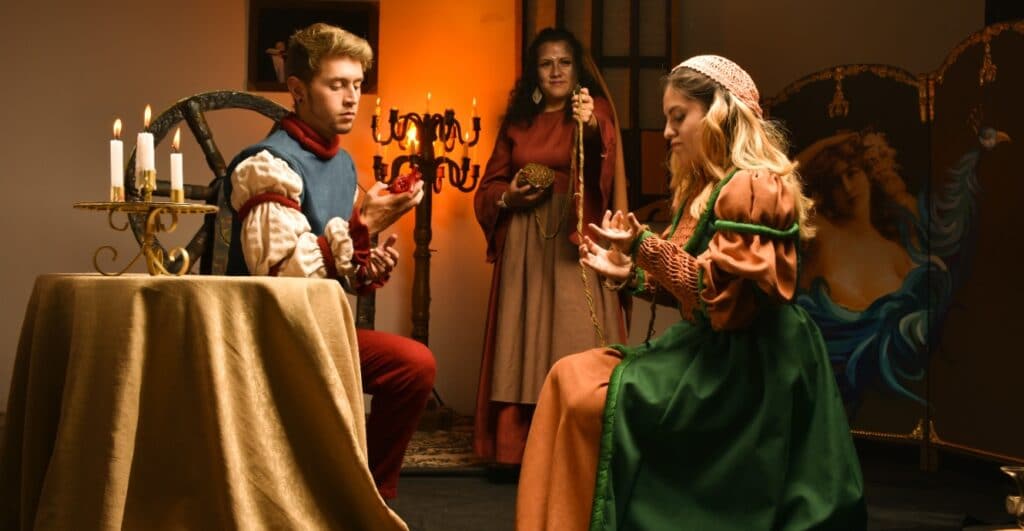
Lee Strasberg, an American actor, director and acting teacher famously used Stanislavski’s method in the Actors Studio in New York in the 1950’s until his death in 1982. Strasberg was known as the creator of ‘method acting’, which was heavily inspired by Stanislavski’s system. Strasberg coached some of the most well-known talents in the history of theatre and film including Marlon Brando, James Dean, Marilyn Monroe, Paul Newman, Robert De Niro, Al Pacino and many, many more.
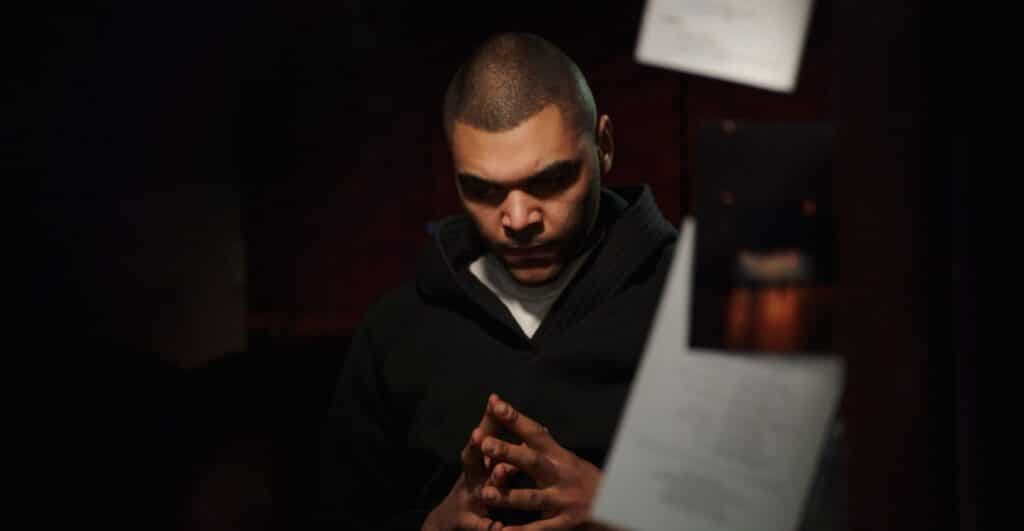
You might be thinking, if Stanislavski was around over a hundred years ago, isn’t his technique a little outdated? No, Stanislavski’s training technique has been used for many years by actors all around the world and is still regarded as one of the best methods for acting today.
If you want to understand how to create a character and become a more authentic actor, studying Stanislavski will really help you unlock those skills and take your acting ability to the next level.
Take a bow, now you know everything about the famous Konstantin Stanislavski, from his life, inspirations and of course his famous technique. We hope you’ve enjoyed learning about the Stanislavski technique with us and happy acting!
Allow Center Stage to sky-rocket your career and surface your talents to casting agents, booking agents, directors, and modelling agents worldwide. Pre-register by clicking the button below!